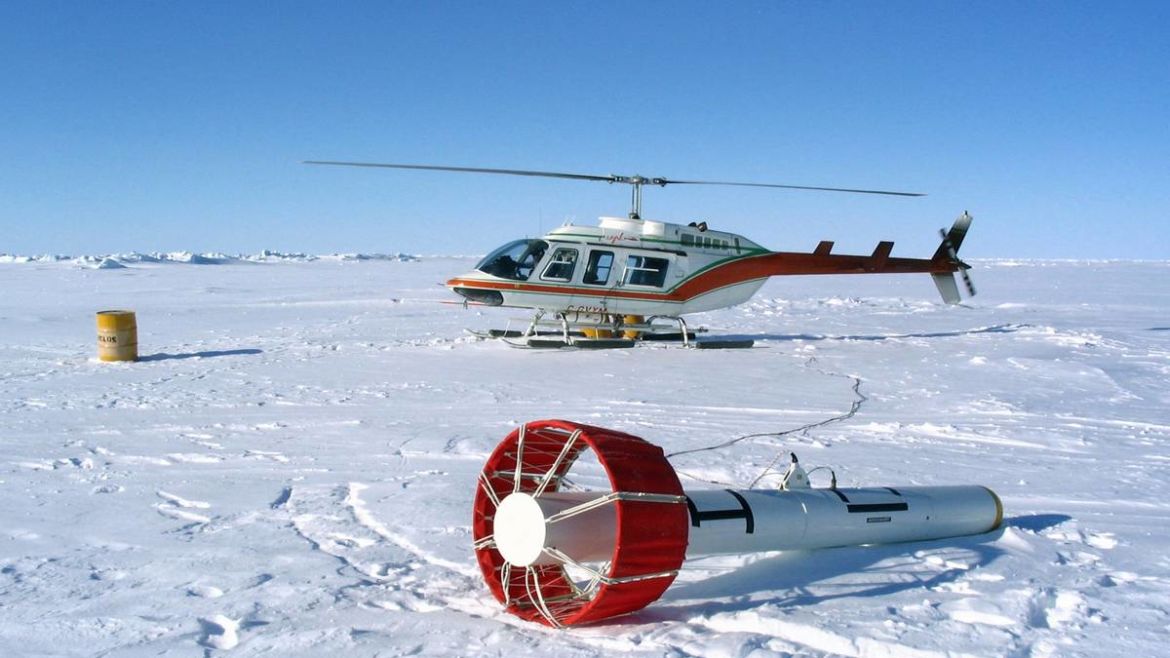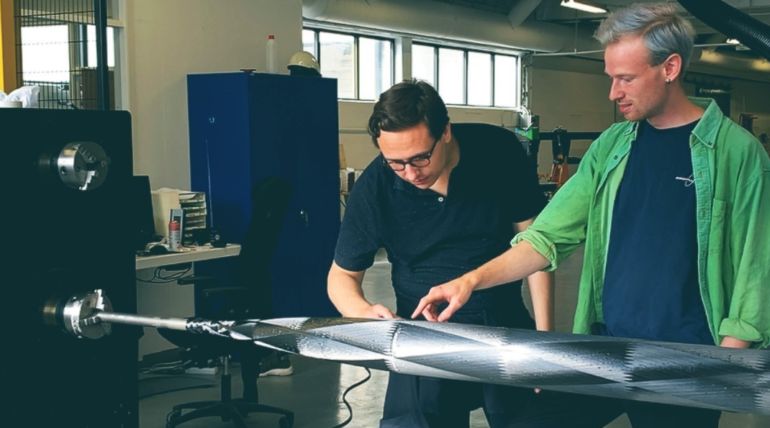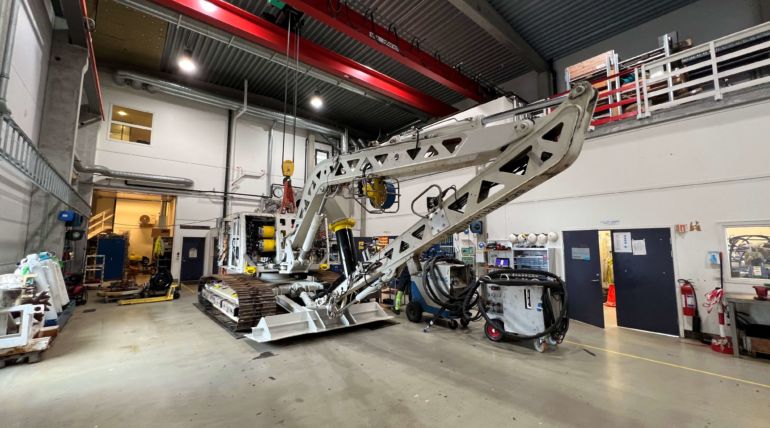In 2011 Windtec delivered the internal frame of NGIs Multi-frequency Airborne Sea Ice Explorer, MAiSIE. MAiSIE is what is called an EM-Bird, and this is an aircraft payload designed to be towed behind a helicopter or fixed wing aircraft and carries instruments to map sea ice. The sensors are a sea ice dedicated broadband AEM system and was built for the Alfred Wegener Institute.
Windtec did not only manufacture the pipes, but also the thick GRP laminates was made in-house by vacuum infusion and the frame was assembled by adhesive bonding. The frame was manufactured with tight tolerances to hold the precision instruments.
If you want to read more about the system, go to:
https://www.awi.de/en/focus/sea-ice/remote-sensing.html
Pfaffhuber, A. A., and Hendricks, S. 2014. Not extinct yet –Innovations in frequency domain HEM triggered by sea ice studies, Exploration Geophysics 46 (1) 64-73 https://doi.org/10.1071/EG14034
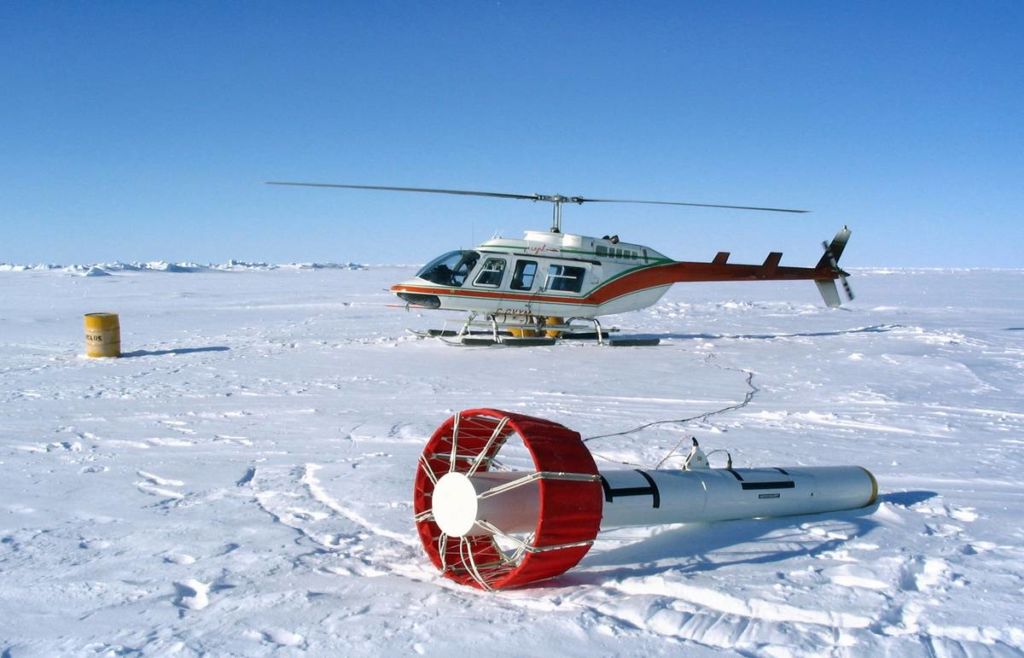
The EM-Bird before take-off. (Photo: Alfred Wegener Institut)
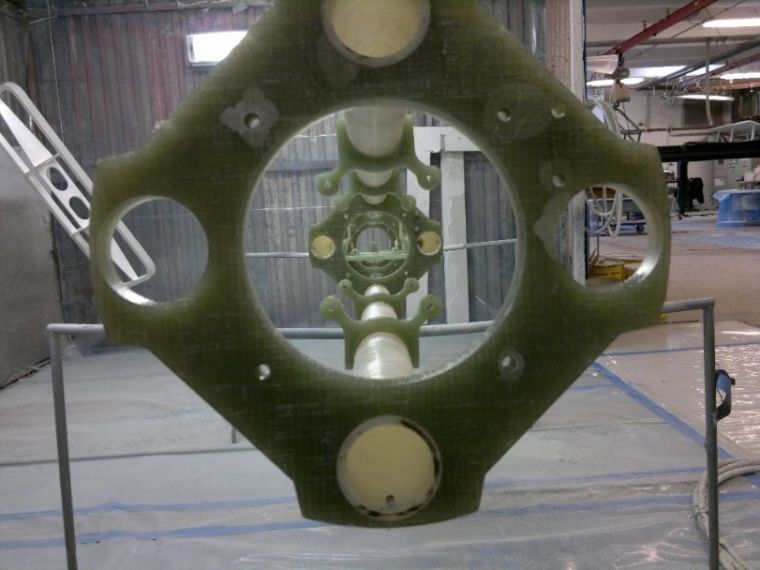
Final assembly of payload frame

Sea-ice physicist Stefan Hendricks of the Alfred Wegener Institute inspecting the EM-bird (Photo: Alfred Wegener Institut)

